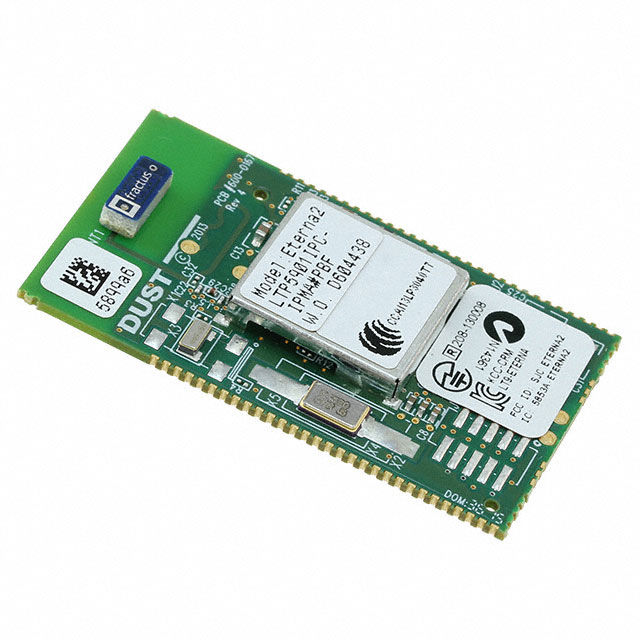The Essential Guide to Rubber Grommets: Applications and Advantages
- joddiemarshall6
- Jan 2, 2024
- 2 min read

Introduction to Rubber Grommets
Rubber grommets, often overlooked yet essential components in various applications, serve as protective devices. Made from flexible rubber, they are used to cover the sharp edges of a hole in metal or other rigid materials, safeguarding wires, cables, or anything else passing through from abrasion or cutting.
Understanding Rubber Grommets
Composition and Varieties
Rubber grommets come in different sizes, shapes, and materials, including natural rubber, EPDM, silicone, and neoprene. Each type has unique properties, making them suitable for specific environments and applications. For instance, silicone grommets excel in high-temperature environments, while neoprene grommets are known for their chemical resistance.
Design and Functionality
The typical design of a rubber grommet includes a central hole surrounded by a thick, molded rubber ring. This design allows for flexibility, ensuring a snug fit and providing effective protection. The insertion of grommets into holes is straightforward, requiring no special tools, which simplifies assembly processes.
Applications of Rubber Grommets
Electronics and Electrical Industries
In the electronics and electrical industries, rubber grommets are crucial in protecting wires and cables. They prevent chafing and wear from metal edges in various devices, ranging from household appliances to complex industrial machinery.
Automotive and Aerospace
In automotive and aerospace applications, rubber grommets are used to protect wiring and hoses that pass through metal panels. Their vibration dampening properties are particularly important in these settings, preventing wire fatigue and failure due to constant motion and vibration.
Construction and Industrial Settings
Rubber grommets are widely used in construction and industrial environments. They protect cables and pipes running through metal or concrete structures, ensuring longevity and safety.
Advantages of Using Rubber Grommets
Protection and Durability
The primary advantage of rubber grommets is the protection they offer. They extend the life of the wires and cables passing through them by preventing cuts, abrasions, and other damages. This protective feature is particularly vital in harsh environments where exposure to sharp edges or extreme conditions is common.
Vibration Dampening
Rubber grommets absorb vibrations, making them essential in applications where movement and vibration can cause wear or disconnections. This quality is especially beneficial in automotive and aerospace applications.
Easy Installation and Versatility
Rubber grommets are designed for ease of installation, often requiring no special tools or equipment. Their versatility in fitting various sizes and shapes of holes and accommodating different wire and cable diameters adds to their appeal.
Cost-Effective and Efficient
Compared to other protective solutions, rubber grommets are cost-effective. They are long-lasting, require minimal maintenance, and provide an efficient way to protect essential components in various applications.
Choosing the Right Rubber Grommet
Consideration of Application
Selecting the appropriate rubber grommet depends heavily on its intended application. Factors like temperature range, exposure to chemicals, and physical stress levels play crucial roles in determining the suitable type of rubber grommet.
Size and Fit
Ensuring the correct size and fit is paramount. A grommet that is too loose will not provide adequate protection, while one that is too tight may cause damage to the wires or be difficult to install.
Conclusion
Rubber grommets with their wide range of applications and advantages, are indispensable in many industries. Their ability to protect, dampen vibrations, and offer a cost-effective solution for cable and wire management makes them a crucial component in various settings. When selecting a rubber grommet, understanding its application, environment, and size requirements is key to ensuring the best protection and functionality.



Comments